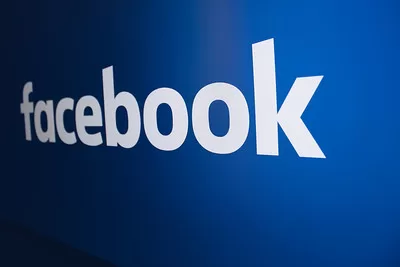Lifestyle
Adjusting your Brand to Fit the Platform

When building a brand, it’s best to start with a direct and concrete vision. A product or service must always strive for something direct, to reflect an attitude that encapsulates what makes you special, and the experience you’ll be able to deliver to customers. This can be problematic, in that we can tend to narrow our focus on a brand to a pinpoint. With blinders on, we can find ourselves sticking to just one perspective.
Understanding the multitude of different options available in the modern environment means acknowledging that no brand is born in a vacuum. While you never want to betray your image, being savvy means understanding the greater context of where your brand appears and leveraging the culture and customers of each area for maximum effect. In other words, if you want to do well on a platform, you need to understand how unique each one can be.
Traditional Media Placement
The easiest and most established way to look at this problem is to consider how advertisement works on television and radio. These avenues have been some of the most popular and effective for many decades, so it makes sense that mass-market understanding of how they work is just as evolved.
Consider the most famous advertisements shown at the Superbowl. Costing around $5 million for a 30-second spot, Superbowl commercials are now an institution where the biggest companies flex their financial and creative might. Because of the cost and short duration, it’s up to the advertisers to swing for the fences, to sometimes get weird and wacky to make the most of this one-off. Often the image reflected isn’t entirely brand accurate, because the point of the platform is to maximize memorability first and foremost.
For more common radio spots, the goal isn’t necessarily to be as strong as possible right out of the gate. Rather, radio can be more about building an impression over time, especially if these spots are regularly updated. To this end, a brand image on the radio can be more about building a friendly relationship with customers.
If a brand advertising on radio has a limit on how long it can advertise, making a leading impression can be all they have to rely on. Since radio is an auditory experience, the best advertisement via this avenue can be those that balance a memorable message with a pleasant or funny delivery. It’s easy to stand out by being annoying, but you don’t want to be remembered this way.
Online Delivery Challenges
One of the most rapidly growing forms of advertising and visibility we see on the modern web comes from comparison websites like those managing the best trading platforms. Applying for a spot on these websites requires understanding that this isn’t a place for a brand’s personal touch. The forex traders on the linked example track standouts like low minimum deposits, stock selection, and commission fees. This is a fact-based platform, in contrast with the other big online system.
Social media presence rounds out the options, and it’s arguably the most complicated. With so much flexibility, a brand social media presence can give you a great chance to perfectly reflect who you are, but this means it can also take the most time. With low barriers to entry, we’d recommend studying a comprehensive guide before jumping into this option.

Source: Flickr
The above pointers should give you some sign of how a one-size-fits-all approach simply isn’t going to work with modern brand engagement. It’s about knowing what you can do, what you should do, and what the audiences of different platforms expect. It might be tempting to stick closely to your guns, but for real success, popular brands are going to have to dig much deeper.




















































